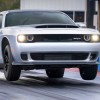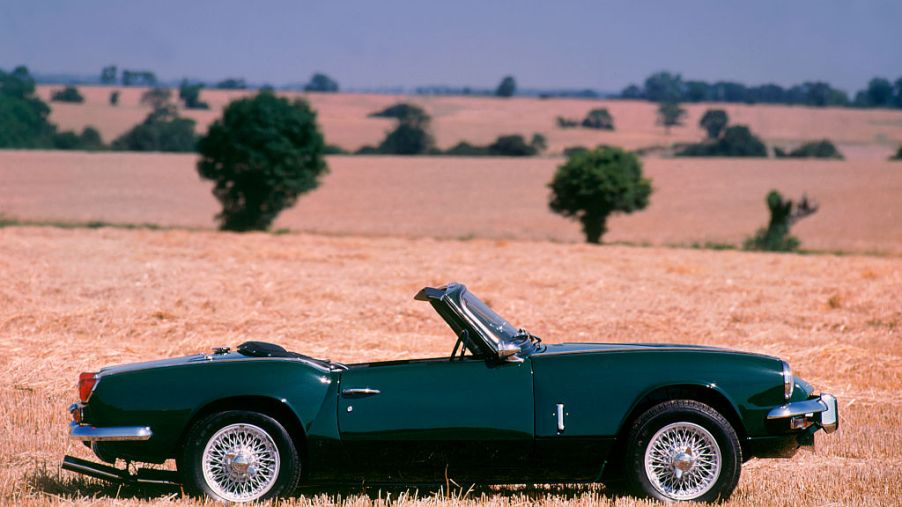
The MG and Triumph Rivalry
Mention the name MG or Triumph, and people who remember the brands will more than likely think of sporty, small, convertible, British cars, or maybe even a motorcycle. That’s because both brands became popular in the United States shortly after World War II by providing fun, lightweight sports cars that were competitors to each other. One also produced motorcycles.
Morris Garages
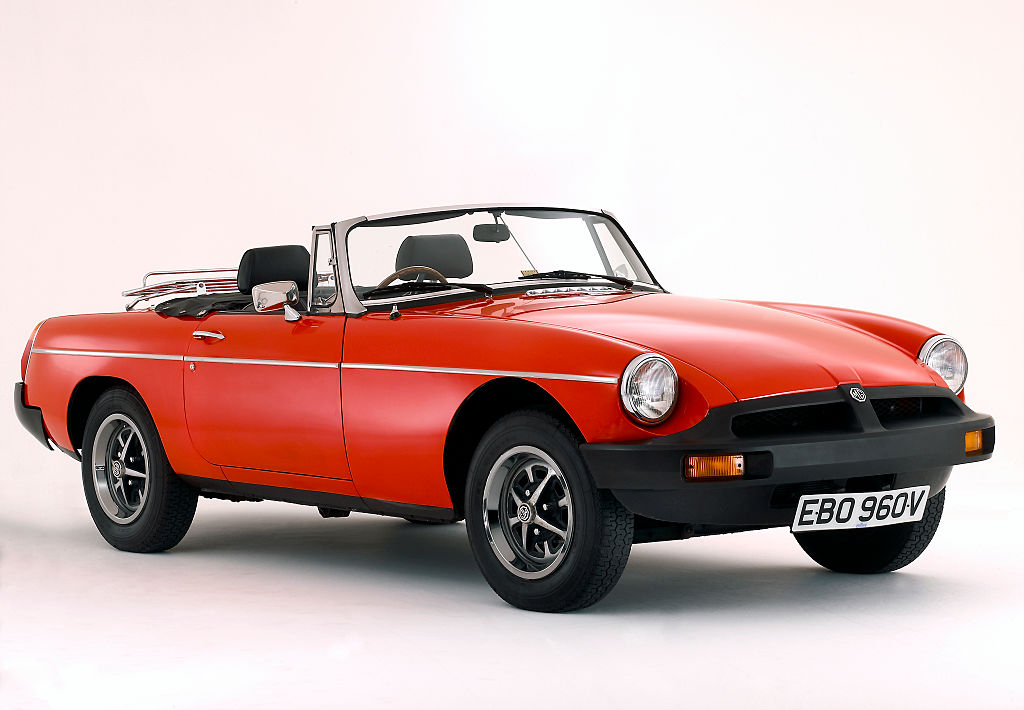
MG Car Company Limited was formed in 1930, an offspring of Morris Garages. By the late 1940s, MGs started making their way to the United States. In the 1950s MG faced increasing competition stateside from Jaguar, Austin Healey, and Triumph.
Triumph
Triumph can trace its origins back to 1897 when it began importing and selling bicycles to London. In 1902, they began transitioning to selling motorcycles, which they still do today. Triumph added car production in 1921. In 1953, Triumph began selling in the United States.
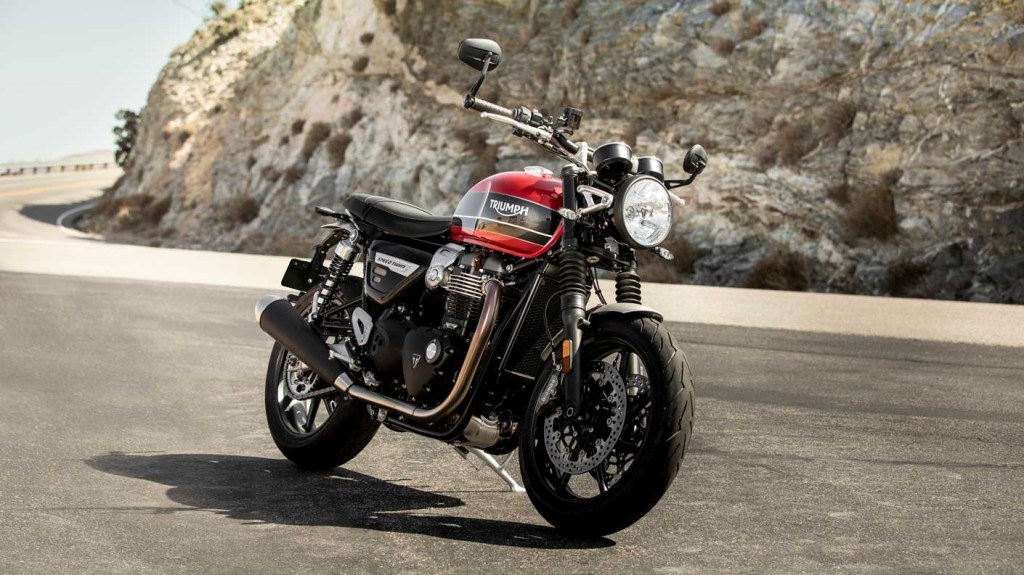
Over the years, both companies would fall on financial troubles. Those troubles would lead to different ownership groups. Oddly enough, both MG and Triumph would eventually come under the same ownership banner of British Leyland and even share some components. But, ultimately, both of their operations were shuttered, sort of.
MG and Triumph are still around today. Neither, however, builds or sells cars stateside anymore. MG would cease car sales here in 1980. So, Triumph would win out in the British Sports Car market in the United States, but only for another year. They shut their doors in 1981.
During their time in the United States, Both MG and Triumph would also go racing. The lightweight vehicles became popular with the rallycross crowd because there wasn’t as much work necessary to convert them to legit race cars. It was not unusual to see both meet at the same track to race side by side with the bigger, heavier, American metal of the day.
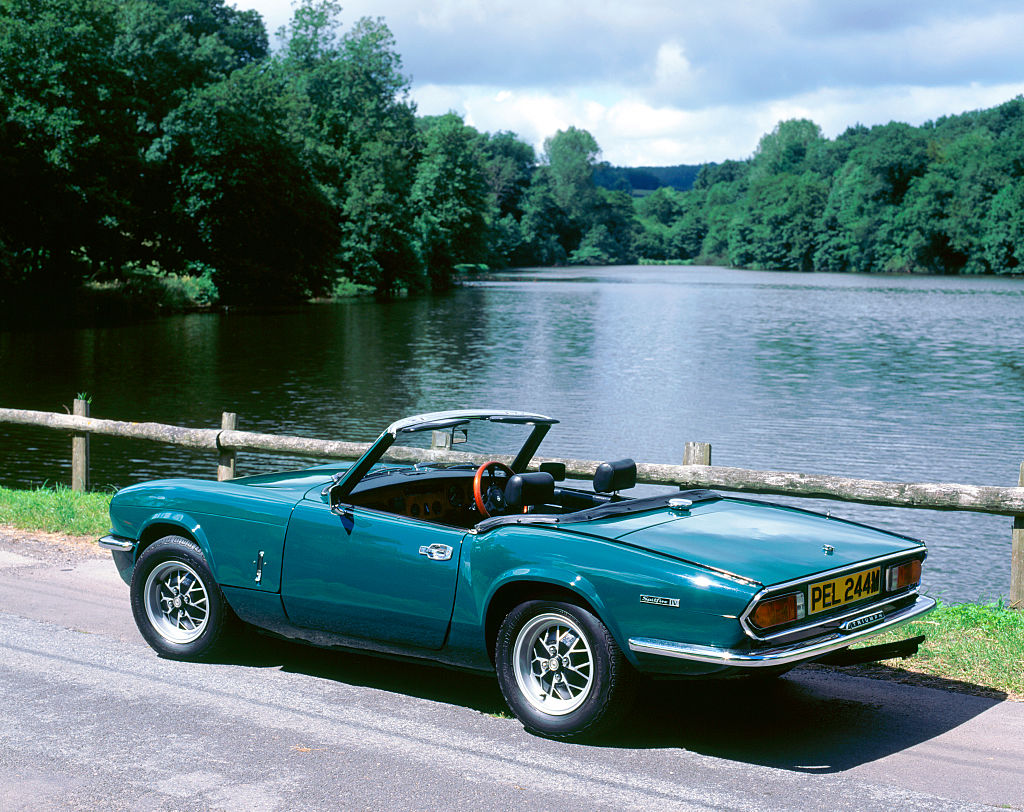
Similarities
The similarities between the two manufacturers and the racetrack appearances led to the start of the rivalry between them. It continues to this day. Accusations fly from one corner to the other of whom has the more sophisticated chassis. The rivalry would also develop stereotypes of what the appropriate characteristics are or the driver of either car make. A driver would be made out to be more of a brute, while the other was more refined.
Rivalries can be fun. They challenge each side to compete on an even better level. In the case of MG and Triumph, however, there were few changes through the years at both manufacturers for their offerings in the United States. This would lead them to continue to lose share to imports such as Mercedes, Datsun, and others. Compounded by an ownership group that struggled to make sense of economics, both MG and Triumph would both eventually be buried.
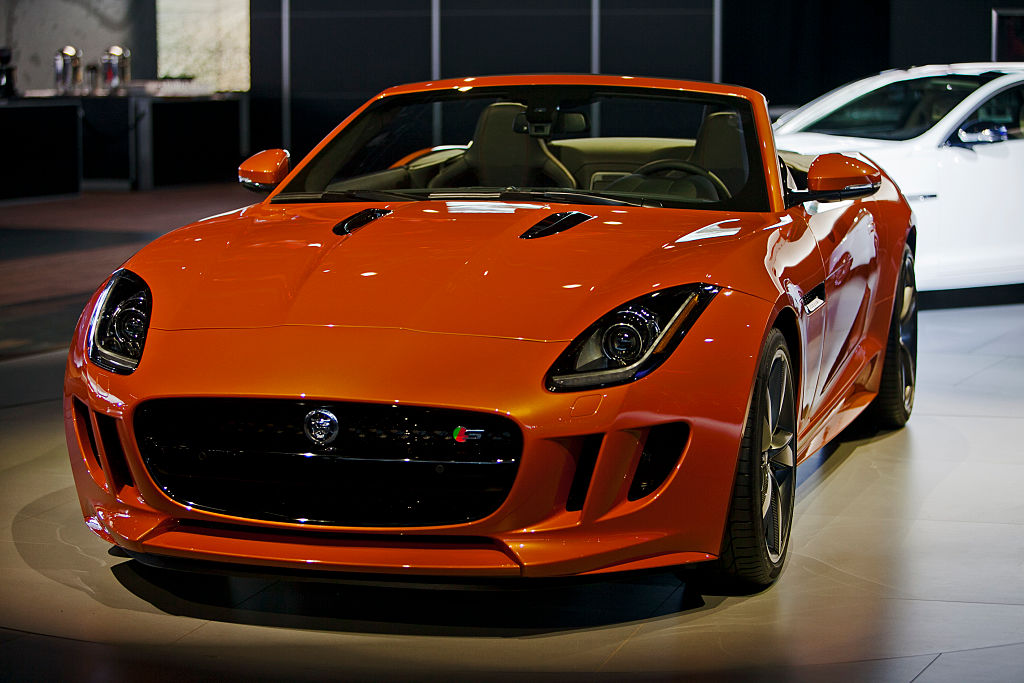
Triumph can claim to be the victor of the rivalry since it outlasted MG in the United States for an additional year before its closure. But, the real loser was the consumers who lost a small, lightweight, British influence on this side of the Atlantic. That influence would not re-appear again until Mini returned in 2002, and the Jaguar F-Type release in the United States in 2013. That is a market segment vacancy of twenty to thirty years, respectively.
